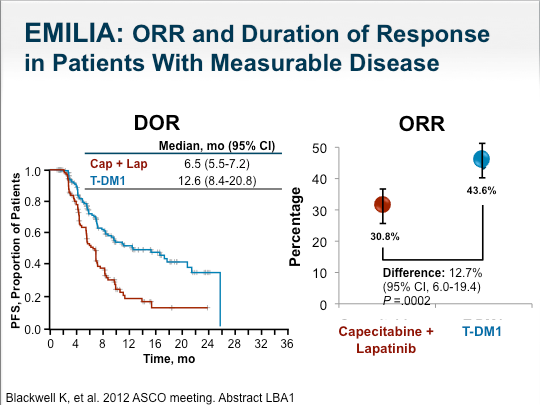

Pcr her2 breast cancer trial#
The KATHERINE trial changes the outlook for high-risk HER2-positive breast cancer, which suggests that escalation treatment for patients with residual disease after neoadjuvant anti-HER2 therapy may improve survival. 3Department of Cancer Prevention & Clinical Statistics Center, Fudan University Shanghai Cancer Center, Shanghai, Chinaīackground: Taxane, carboplatin and trastuzumab (TCH) is an effective neoadjuvant regimen for human epidermal growth factor receptor 2 (HER2)-positive breast cancer with high pathologic complete response (pCR) rate.2Department of Oncology, Shanghai Medical College, Fudan University, Shanghai, China.1Department of Breast Surgery, Fudan University Shanghai Cancer Center, Shanghai, China.The dashed line oriented at 1 represents the Null of no difference.Yifan Xie 1,2†, Siyu Wu 1,2†, Ying Zhang 1,2†, Jianwei Li 1,2†, Miao Mo 3, Zhimin Shao 1,2* and Guangyu Liu 1,2*

The location of the box indicates the estimated HR for that study the size of the box represents the relative number of events per study. For comparison, the raw study specific HR estimates are reported. The hazard ratio (HR) estimate with the 95% probability interval (PI) are shown overall. (B) The left forest plot is representative of the populations with at least 90% of patients receiving adjuvant chemotherapy while the forest plot on the right is representative of the populations with at most 10% of patients receiving adjuvant chemotherapy, with both comparing pCR to residual disease (RD). The shaded regions represent the 95% pointwise probability interval for their respective color. The color orange represents the patient subpopulation where 90% or more of the patients received adjuvant chemotherapy. The color blue represents the patient subpopulation where 10% or less of the patients received adjuvant chemotherapy.
Pcr her2 breast cancer free#
(A) Kaplan-Meier curves depicting the relationship between pathologic complete response (pCR) and event free survival (EFS) based on receipt of chemotherapy. ©2020 American Association for Cancer Research. The similar outcomes with or without adjuvant chemotherapy in patients who attain pCR likely reflects tumor biology and systemic clearance of micrometastatic disease, highlighting the potential of escalation/deescalation strategies in the adjuvant setting based on neoadjuvant response. The association of pCR with improved EFS was similar among patients who received subsequent adjuvant chemotherapy (HR = 0.36 95% PI, 0.19-0.67) and those without adjuvant chemotherapy (HR = 0.36 95% PI, 0.27-0.54), with no significant difference between the two groups ( P = 0.60).Īchieving pCR following NAT is associated with significantly better EFS and OS, particularly for triple-negative and HER2 + breast cancer. Similarly, pCR after NAT was also associated with improved survival (HR = 0.22 95% PI, 0.15-0.30). Overall, 52 of 3,209 publications met inclusion criteria, totaling 27,895 patients. HRs, with 95% probability intervals (PI), measuring the association between pCR and overall survival (OS) or event-free survival (EFS), were estimated using Bayesian piece-wise exponential proportional hazards hierarchical models including pCR as predictor. PubMed was searched for studies with NAT for breast cancer and individual patient-level data was extracted for analysis using plot digitizer software. While various studies have highlighted the prognostic significance of pathologic complete response (pCR) after neoadjuvant chemotherapy (NAT), the impact of additional adjuvant therapy after pCR is not known.


 0 kommentar(er)
0 kommentar(er)
